Gisele Gass Q&A
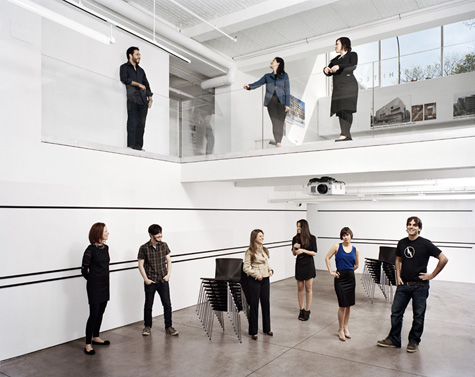
Gisele Gass grew up between Brazil and Israel and last left Brazil seven years ago to work for graphic designer Bruce Mau in Toronto. She then moved to New York to work for SOM, and currently working as an architect at Populous designing the Arena das Dunas Stadium, in Natal for the 2014 World Cup.
A football stadium in Brazil - that must be a dream project?
Yes. What I like most about it is to be working on a building that touches the heart of every single Brazilian. Everyone is passionate about soccer! While growing up in Rio, my father would take me to watch Flamengo play in Maracanã Stadium. The Brazilian press has called our design for Natal the 'Greenest Stadium in the world' as it is low energy, has rain water harvesting and on-site retention and filtration, grey water reuse for WCs while 80% of the building uses natural ventilation, waterless urinals, FSC timber and possibly wind generation. Since Brazil was ruled by a military dictatorship for 20 years and has had major economical issues since then, we haven't seen many projects of this magnitude being built.
Why did you pick New York as a place to settle?
After graduating as an architect and urban planner in Brazil and working in Toronto with Bruce Mau, the world seemed wide open. I felt no reason to go back to what I knew. Growing up between Brazil and Israel, and having lived in four countries so far, I never felt I belonged to a specific place. NY has that je ne sais quoi. One can be in any part of the world within a minute's walk.
What things do you miss most about Brazil?
I miss people's warmth, the non-aggression, the lack of stress and the easy going pace. I speak five languages and I can guarantee that Brazilian music has the most amazing lyrics ever created. Whenever I miss Brazil, I put some Brazilian music on and it transports me there. And I miss the beaches, oh the beaches.
Wallpaper* Newsletter
Receive our daily digest of inspiration, escapism and design stories from around the world direct to your inbox.
How do you think being Brazilian has shaped your aesthetic?
Growing up between the states of Minas Gerais and Rio de Janeiro (where respectively my father and mother were born to Jewish immigrants), I experienced both rural and cosmopolitan Brazil. In Rio, I grew up in the Jewish community, known for its affluence. I've spent lots of time in friends' fancy block-sized appartments facing the beach. I remember visiting a friend's weekend-house that had a bridge passing over a lake between the living room and the bedrooms. That's when, aged nine, I started to draw imaginary floor plans everyday when I was back from school. But I also like Rio's Centro (downtown) and its Saara region, around Rua da Alfândega a pedestrian-friendly street filled with exotic merchandise where working class cariocas shop for thrift fashion, textiles and speciality materials. I love it so much that to this day I look for similar places no matter which city I visit. In NY, Chinatown is probably my little Saara.
Emma O'Kelly is a freelance journalist and author based in London. Her books include Sauna: The Power of Deep Heat and she is currently working on a UK guide to wild saunas, due to be published in 2025.
-
 Extreme Cashmere reimagines retail with its new Amsterdam store: ‘You want to take your shoes off and stay’
Extreme Cashmere reimagines retail with its new Amsterdam store: ‘You want to take your shoes off and stay’Wallpaper* takes a tour of Extreme Cashmere’s new Amsterdam store, a space which reflects the label’s famed hospitality and unconventional approach to knitwear
By Jack Moss
-
 Titanium watches are strong, light and enduring: here are some of the best
Titanium watches are strong, light and enduring: here are some of the bestBrands including Bremont, Christopher Ward and Grand Seiko are exploring the possibilities of titanium watches
By Chris Hall
-
 Warp Records announces its first event in over a decade at the Barbican
Warp Records announces its first event in over a decade at the Barbican‘A Warp Happening,' landing 14 June, is guaranteed to be an epic day out
By Tianna Williams
-
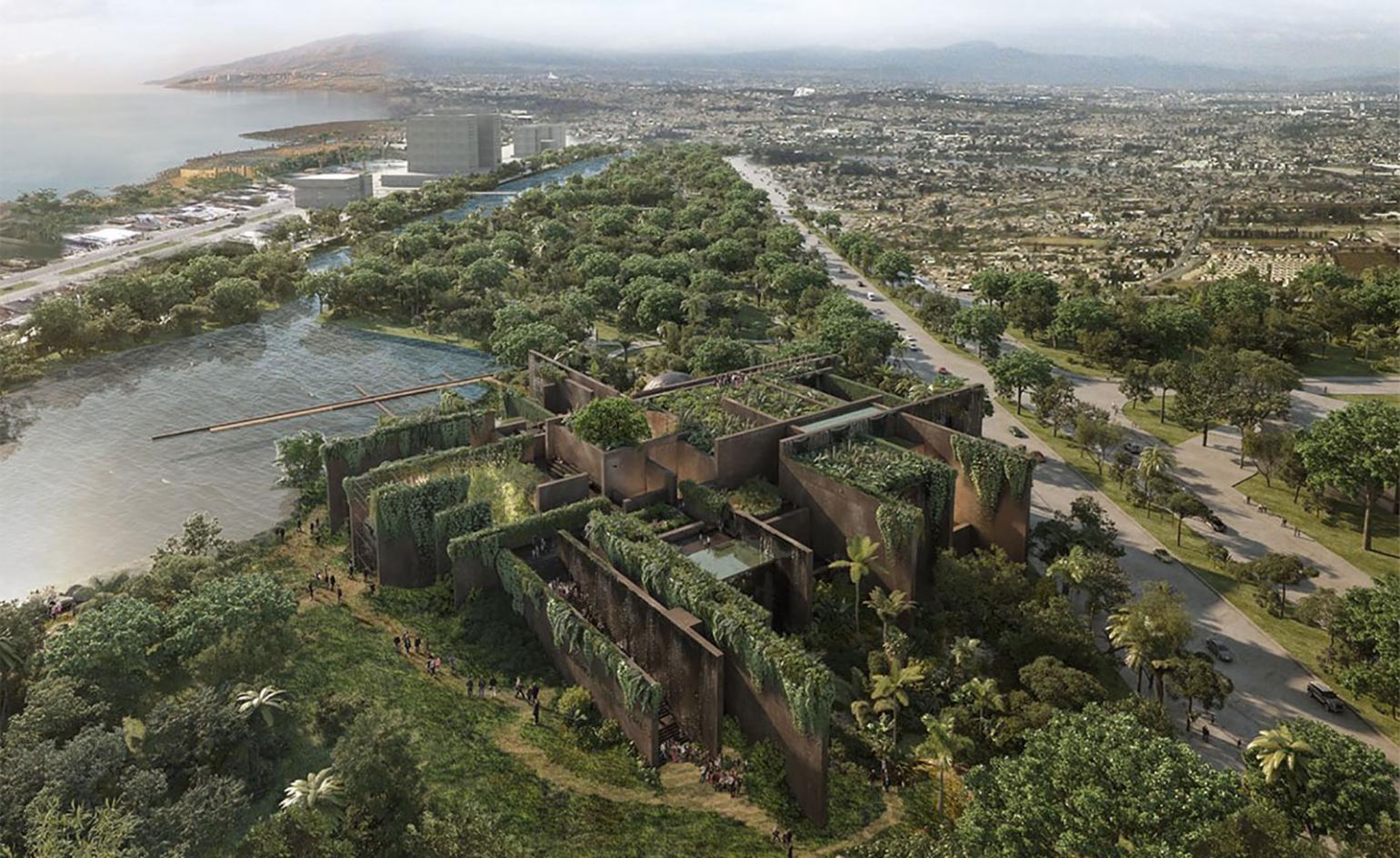 Out of office: coffee and creative small talk with Tatiana Bilbao
Out of office: coffee and creative small talk with Tatiana BilbaoBodil Blain, Wallpaper* columnist and founder of Cru Kafé, shares coffee and creative small talk with leading figures from the worlds of art, architecture, design, and fashion. This week, it’s Mexican architect Tatiana Bilbao, who is currently designing a brutalist, ethical aquarium in Mazatlán and has an exhibition at Copenhagen's Louisiana Museum of Modern Art opening in October 2019
By Bodil Blain
-
 At home with Deborah Berke
At home with Deborah BerkeArchitect Deborah Berke talks to us about art, collaboration, climate change and the future, from the living room of her Long Island home
By Ellie Stathaki
-
 Rheaply redefines circular economy in architecture
Rheaply redefines circular economy in architectureOn Earth Day 2022, we speak to Rheaply founder Garry Cooper Jr about his innovative business that tackles reuse and upcycling in architecture and construction
By Ellie Stathaki
-
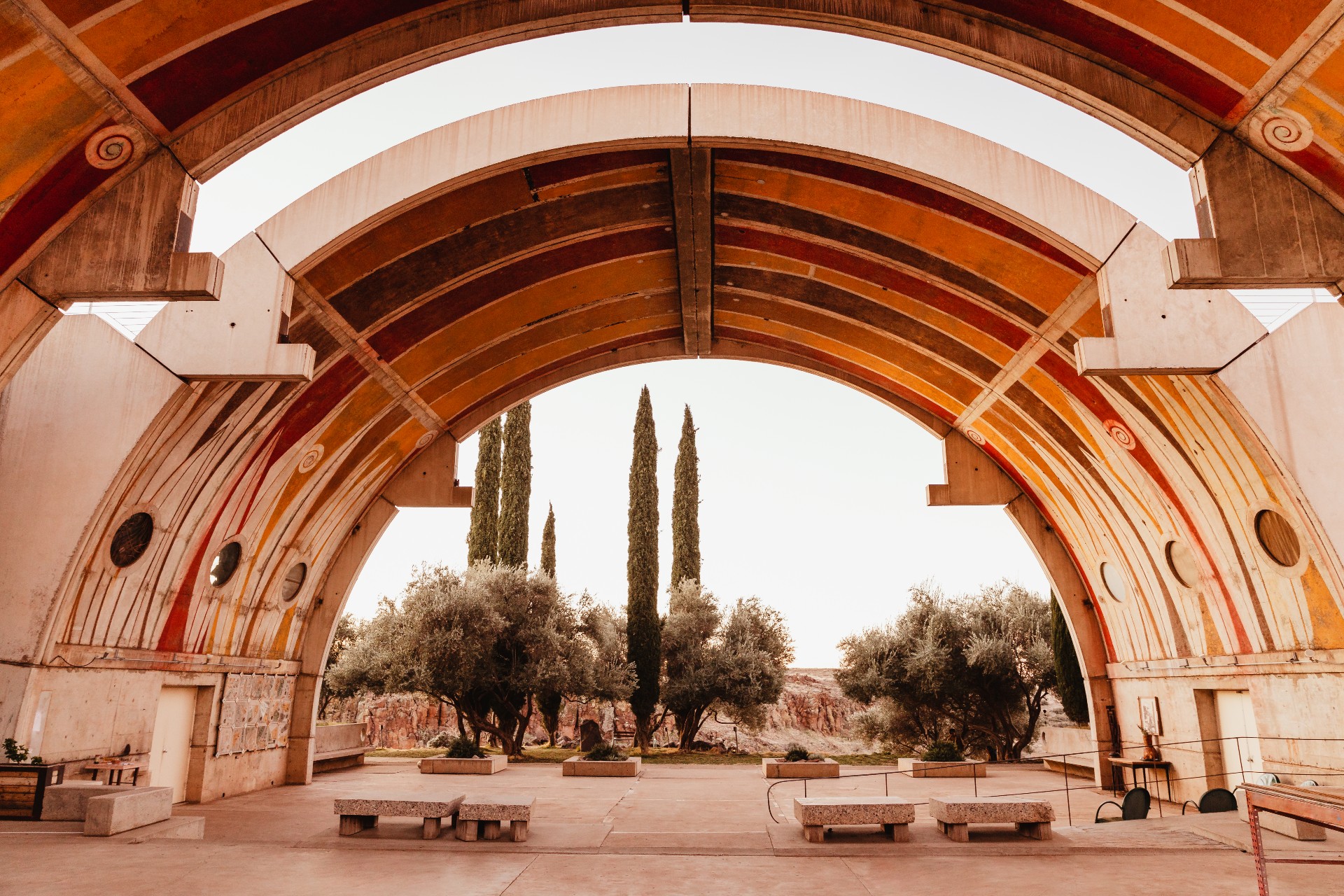 Paolo Soleri's sustainable urban experiment Arcosanti enters new era
Paolo Soleri's sustainable urban experiment Arcosanti enters new eraWe meet Liz Martin-Malikian, Arcosanti’s new CEO, who takes us through the vision and future for Paolo Soleri's sustainable urban experiment
By Hilary Stunda
-
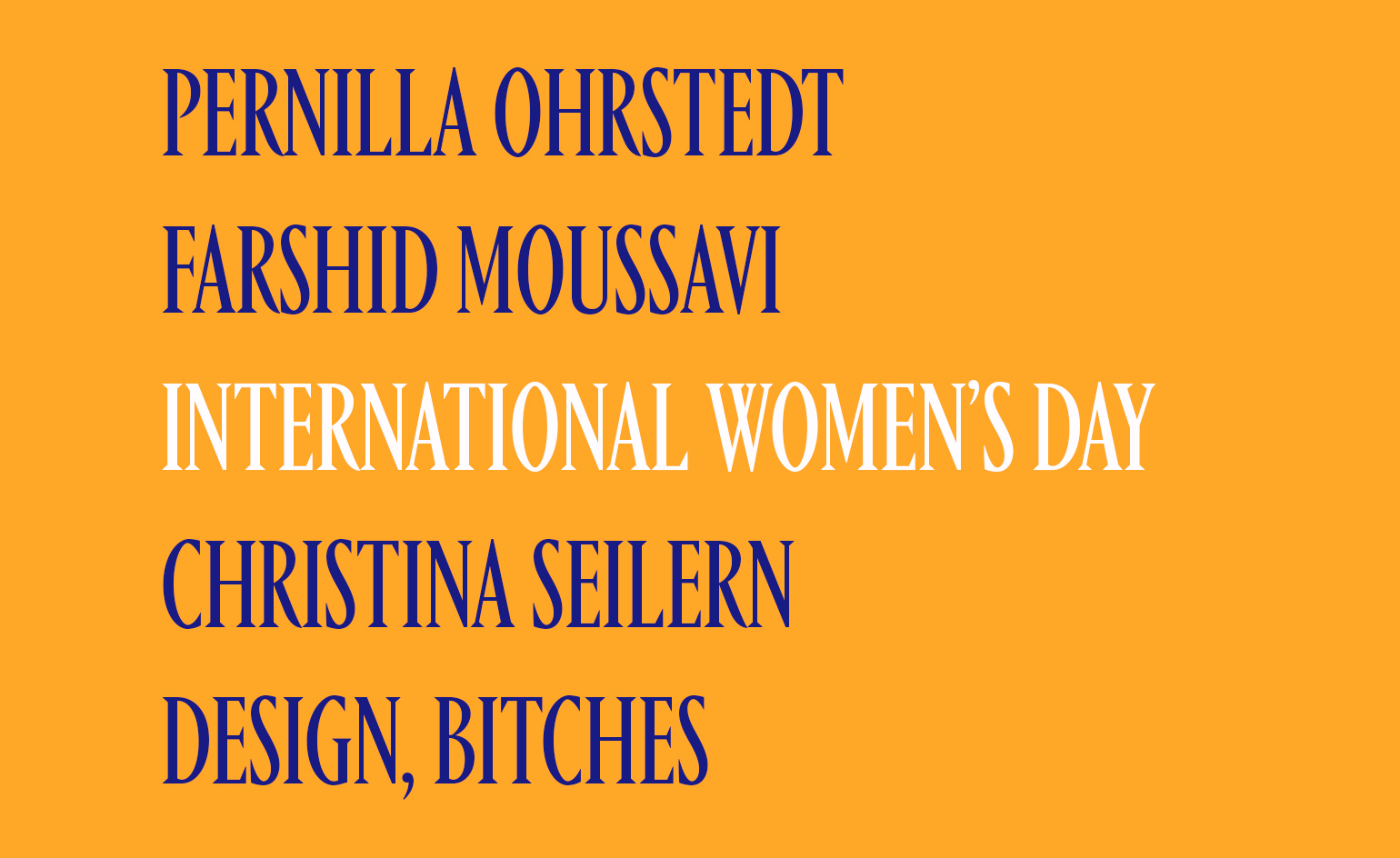 International Women’s Day: leading female architects in their own words
International Women’s Day: leading female architects in their own wordsInternational Women’s Day 2022 and Women’s History Month: Wallpaper* talks to four leading female architects about dreams, heroines and navigating the architecture world
By Harriet Thorpe
-
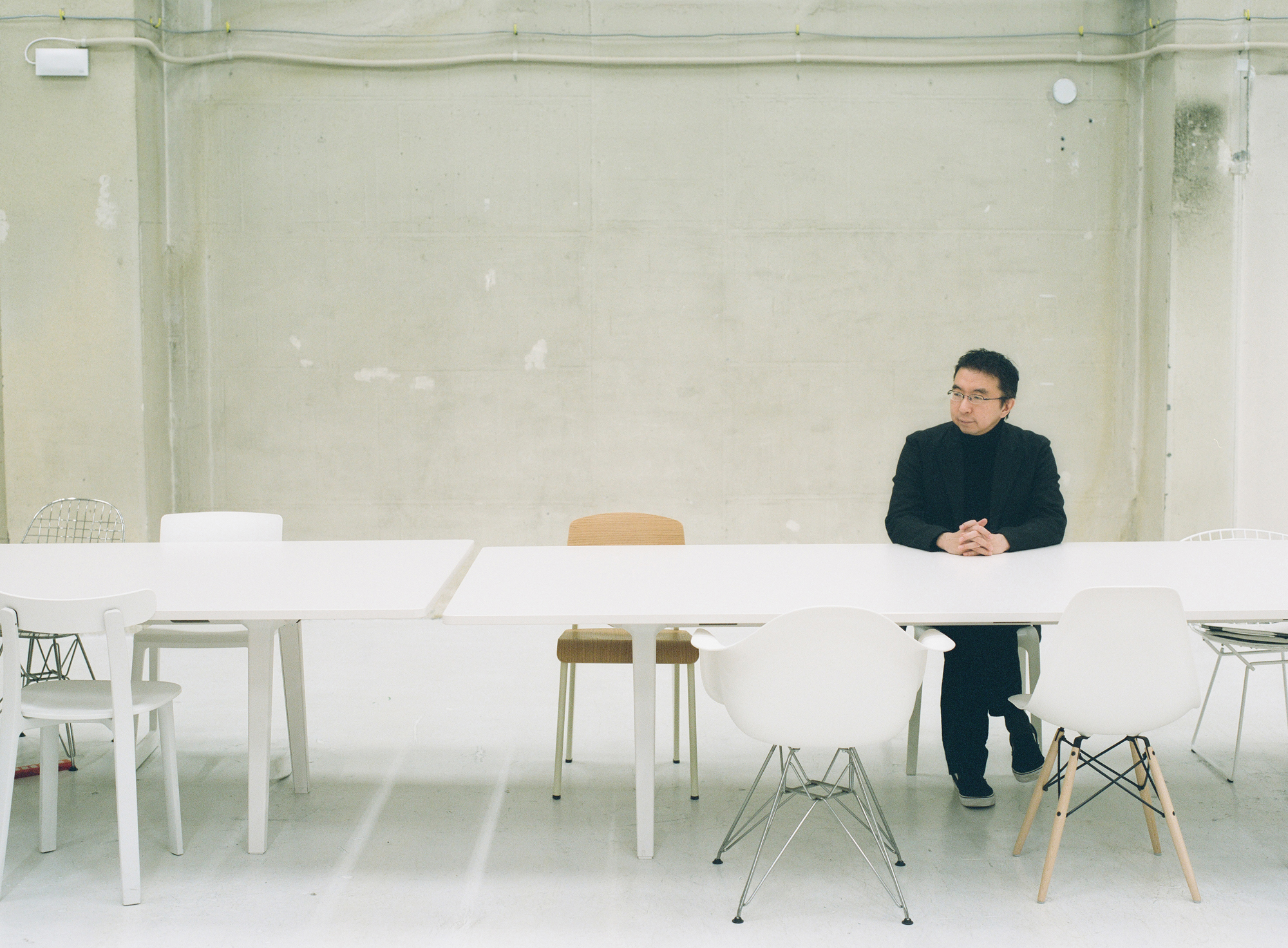 Sou Fujimoto judges Wallpaper* Design Awards 2022
Sou Fujimoto judges Wallpaper* Design Awards 2022We chat with Wallpaper* Design Awards 2022 judge Sou Fujimoto about his work in Japan and abroad, and our shortlisted designs and winners
By Jens H Jensen
-
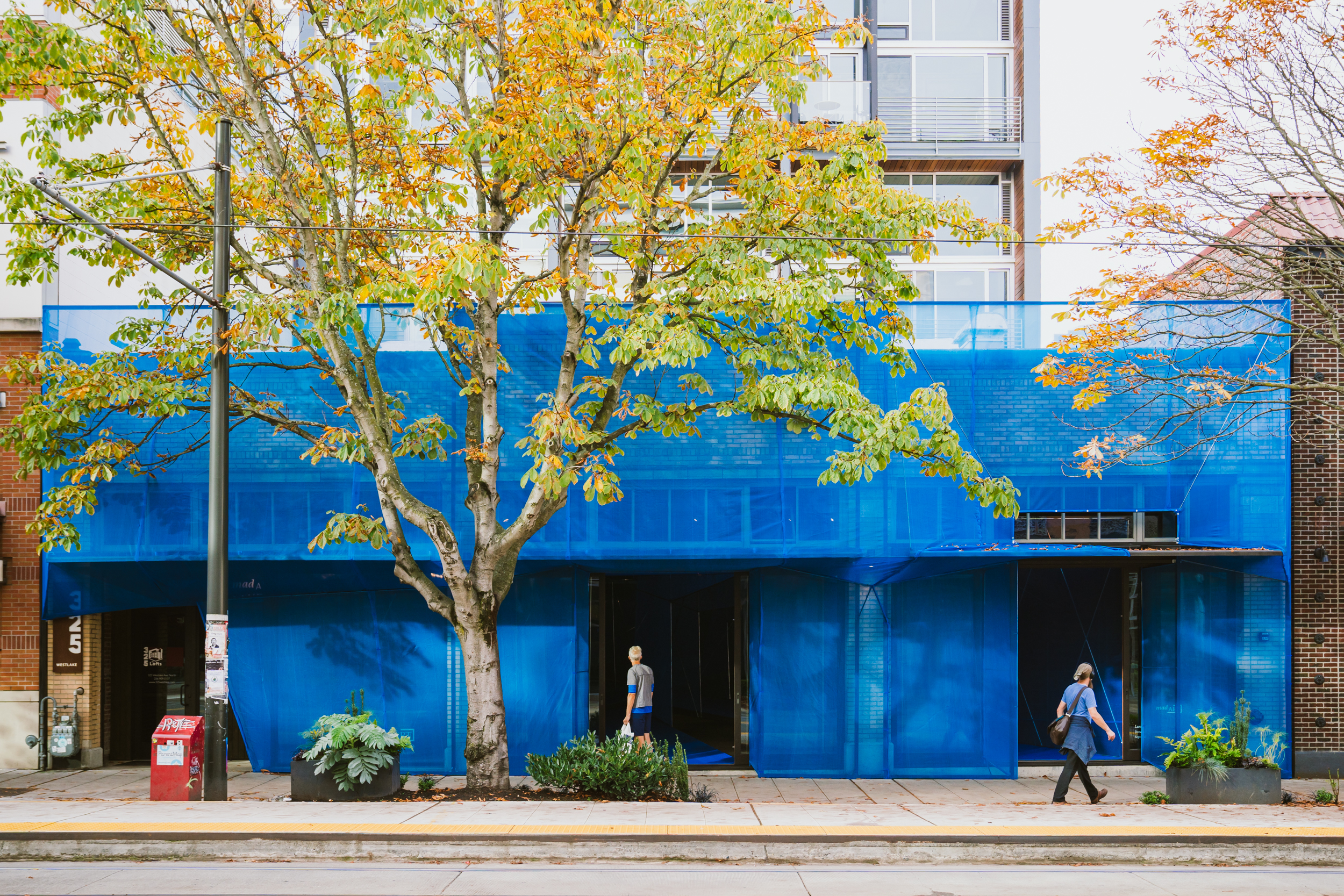 Dream the Combine cross-pollinates and conquers
Dream the Combine cross-pollinates and conquersThe American Midwest is shaking up the world of architecture. As part of our Next Generation 2022 project, we’re exploring ten local emerging practices pioneering change. Here we meet Minneapolis duo Dream the Combine
By Ellie Stathaki
-
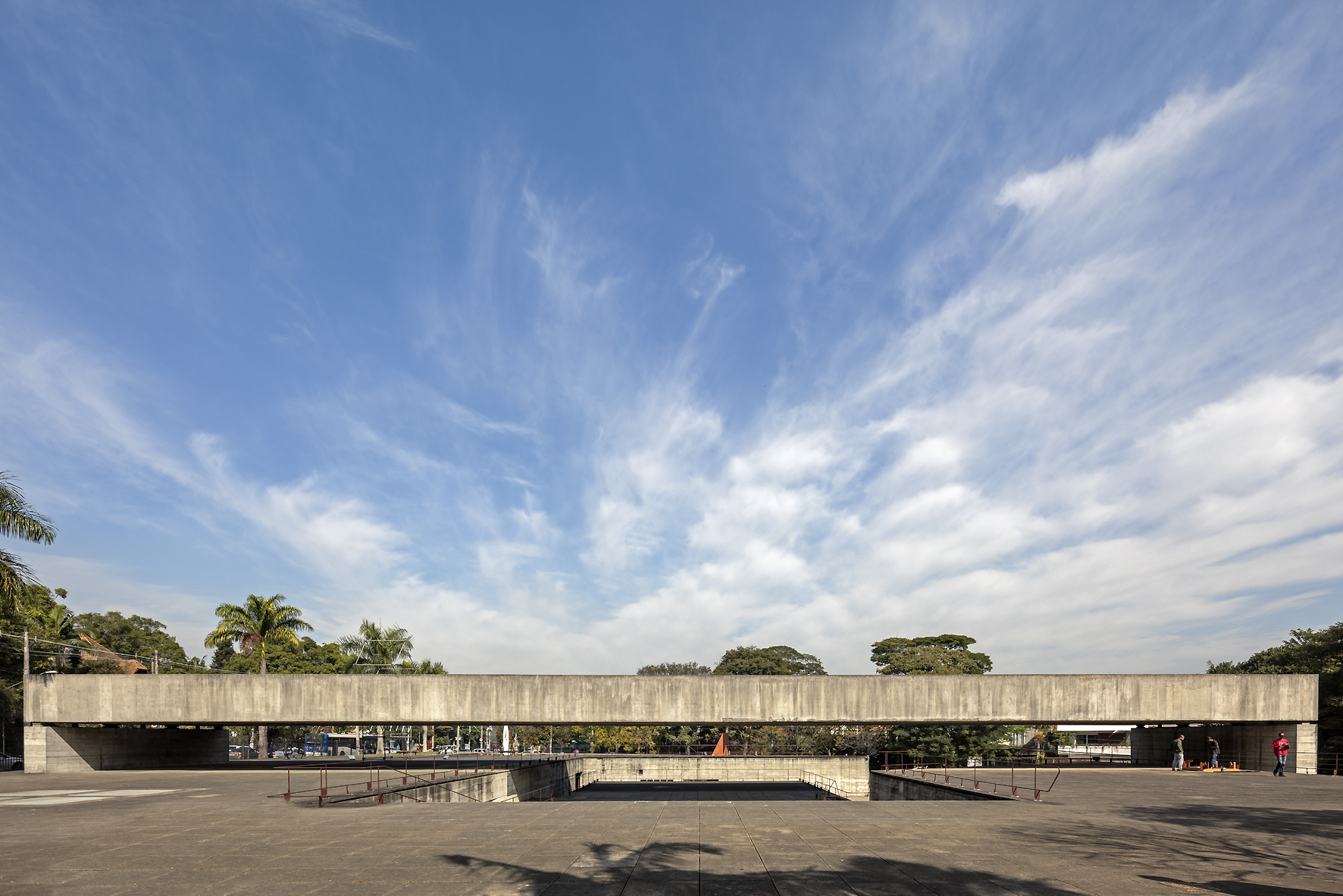 Architecture in the words of Paulo Mendes da Rocha
Architecture in the words of Paulo Mendes da RochaGreat modernist Paulo Mendes da Rocha passed away on 23 May 2021 aged 92. Here, we revisit the interview he gave Wallpaper* in 2010 for our Brazil-focussed June issue, talking about architecture, awards and his home country
By Isabel Martinez Abascal